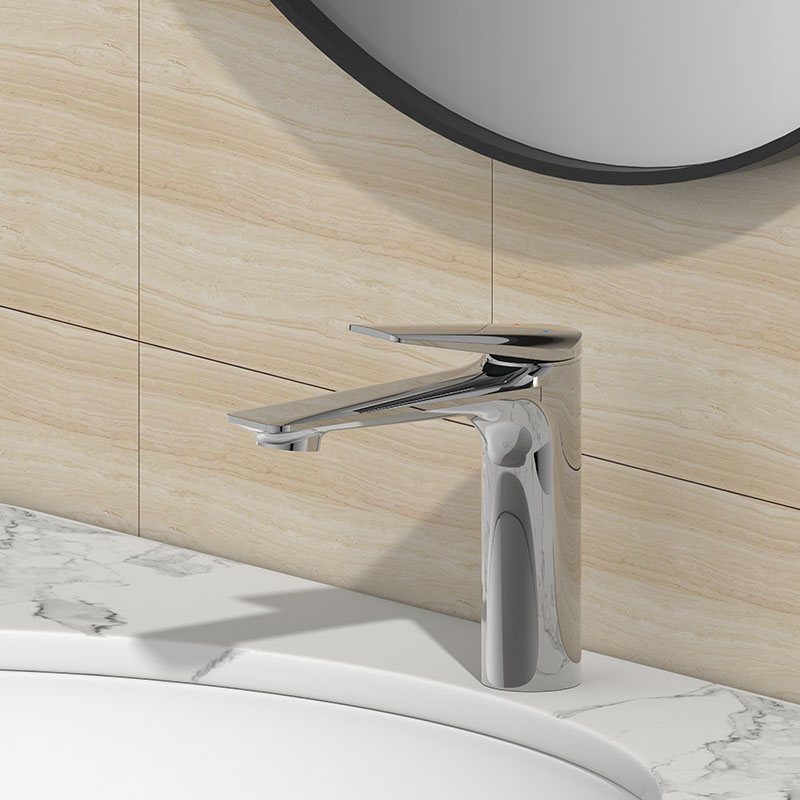The Impact And Response Of Updated Policies And Regulations in The Sanitary Ware Industry on Corporate Compliance Operations
With the tightening of global environmental protection supervision and the implementation of the carbon tariff mechanism, sanitary ware companies are facing increasingly complex compliance challenges. In 2023, the EU CBAM will include ceramic products in the scope of taxation, and China's "Implementation Plan for Carbon Peaking in the Building Materials Industry" requires a 20% reduction in unit consumption of sanitary ware products by 2030. Policy changes directly affect production costs, market access and supply chain layout, and companies urgently need to build a dynamic compliance system.
1. Three core impacts of policy and regulatory updates
Rising material compliance costs
Heavy metal restrictions: The US AB100 Act reduces the lead content threshold of faucets from 0.25% to 0.1%, and companies need to switch to high-purity copper alloys, which increases costs by 15%;
VOCs emission control: China's "Low Volatile Organic Content Coating Standards" mandate the use of water-based paint, and the investment in spray line transformation exceeds 2 million yuan per line.
Carbon tariffs and green certification barriers
EU CBAM: Ceramic toilets are taxed according to embodied carbon emissions. After full implementation in 2026, the cost of companies that do not use clean energy will increase by 8%-12%;
EPD certification popularization: Bathroom cabinets that obtain environmental product declarations will get extra points in European and American bidding, and the certification fee is about 50,000 yuan/product line.
Product energy efficiency standard upgrade
ISO31600-2023: The standby power consumption of smart toilets is reduced from 1.5W to 0.5W, and the circuit board needs to be redesigned;
ASME A112.19.14: The upper limit of the shower flow is reduced from 9L/min to 7.6L/min, and the valve core structure needs to be iterated.

2. Four major strategies for corporate compliance response
Green reconstruction of the supply chain
Raw material substitution: Use recycled aluminum and bio-based plastics;
Local procurement: Layout glaze production bases in Southeast Asia to avoid EU carbon tariffs.
Low-carbon transformation of production process
Energy substitution: kiln fuel is changed from natural gas to green hydrogen, reducing carbon emissions by 85%;
Technology upgrade: introducing microwave drying technology, reducing energy consumption of ceramic body drying by 40%.
Digital compliance management system
Blockchain traceability: record the full chain data from copper mining, smelting to finished products, and automatically generate CBAM declaration reports;
AI regulatory warning: crawlers monitor the dynamics of 200+ regulatory agencies around the world, and push policy interpretation and response lists.
Pre-layout of compliance certification
Multi-country certification package: apply for CE, NSF, and WaterMark simultaneously to shorten the market access cycle;
Green finance support: issue carbon neutral bonds, and raise funds specifically for technical transformation.
3. Risk prevention and control and long-term compliance mechanism
Compliance is embedded in the product life cycle
R&D stage: PLM system has a built-in regulatory database to automatically verify design parameters;
Production stage: MES system associates carbon emission factors to calculate the carbon footprint of a single product in real time.
Deep supply chain collaboration
Supplier ESG rating: Incorporate environmental performance into procurement weights and eliminate high-pollution coating plants;
Joint carbon management: Build an electric truck distribution network with logistics companies to reduce carbon emissions by 1.2kg per kilometer.
Agile policy response
Compliance sandbox mechanism: Simulate the impact of the EU carbon tariff increase to 50 euros/ton and reserve carbon sinks in advance;
Expert think tank construction: Hire former regulatory officials as consultants to predict legislative trends.
4. Industry trends and frontier responses
Carbon asset operation
By hedging carbon costs through CCER transactions, a company has made an annual profit of more than 8 million yuan.
Zero-carbon factory certification
The photovoltaic roof + energy storage system covers 100% of energy needs, obtains TÜV Rheinland zero-carbon certification, and increases product premium by 15%.
Compliance digital products
Develop EPD-certified smart toilets, scan the code to view full life cycle environmental data, and increase the government procurement bid winning rate by 30%.
The design methodology of balancing function and art needs to be anchored on the user's real scene and achieve the symbiosis of "rationality" and "sensibility" with the help of technological breakthroughs; while policy compliance requires companies to internalize regulations as core competitiveness. Both point to the future of the sanitary ware industry - only by overcoming the shackles with innovation can we be invincible in the transformation.


